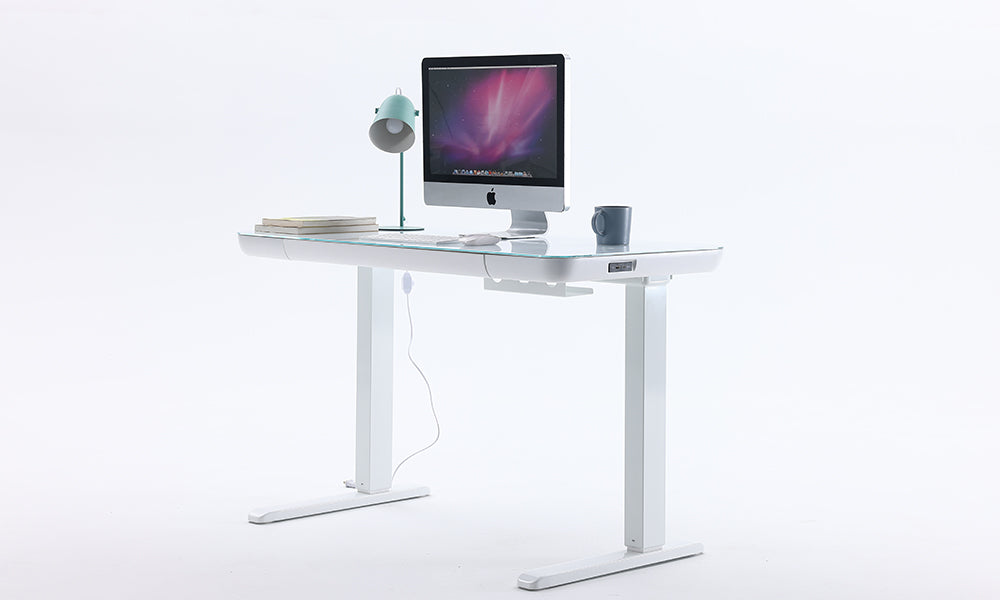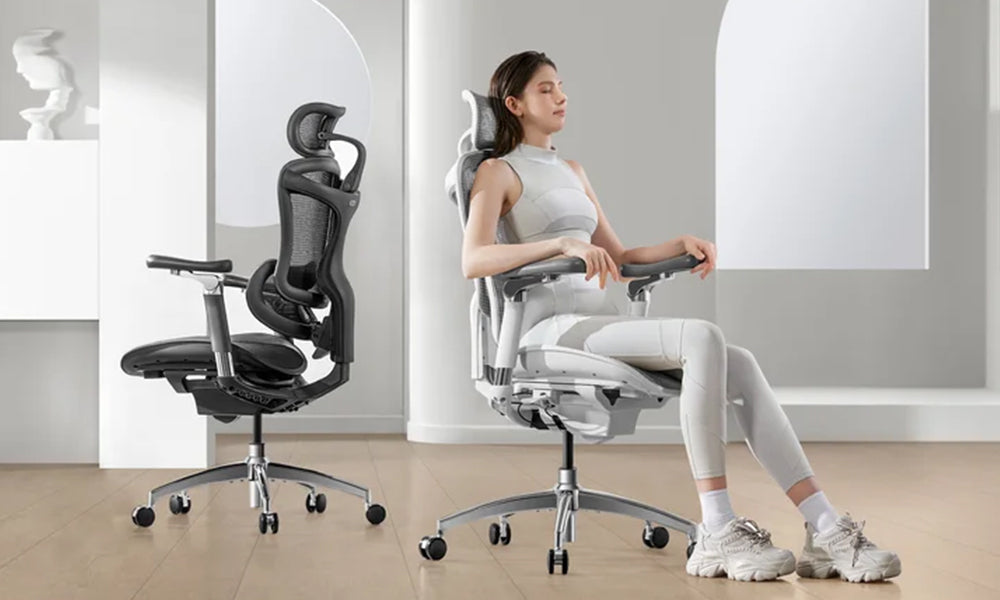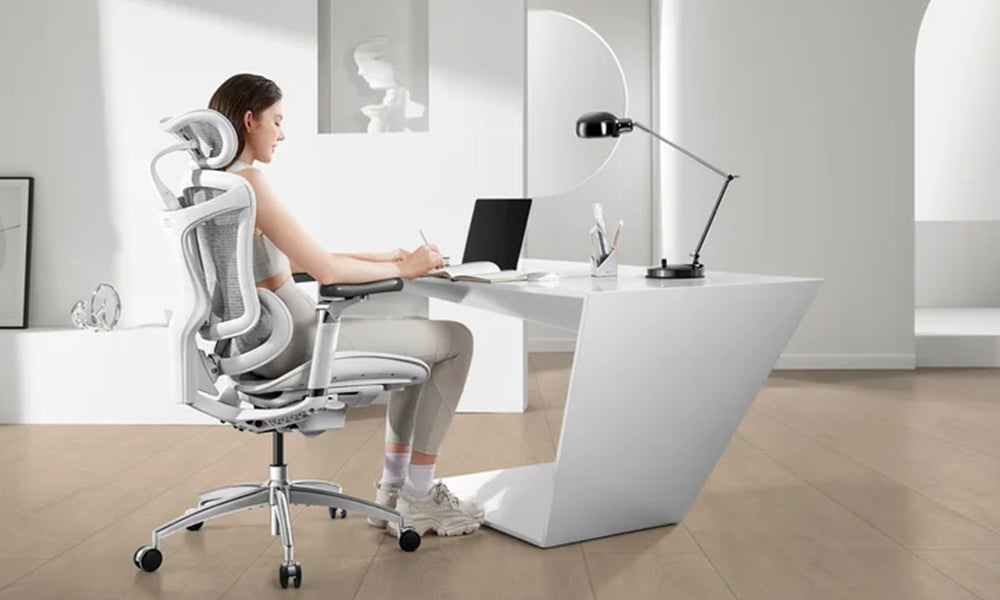The modern workplace is constantly evolving, with innovations aimed at improving employee health and productivity. One such innovation is the standing desk. Once a niche item, standing desks have become increasingly popular in offices worldwide. But do they actually increase productivity? In this blog post, we will explore the benefits and potential drawbacks of standing desks and delve into the research to determine if they truly enhance productivity.
The Rise of Standing Desks
Standing desks, also known as stand-up desks, allow users to work while standing up instead of sitting down. This concept is not entirely new—historical figures like Leonardo da Vinci and Winston Churchill were known to use standing desks. However, the modern resurgence of standing desks can be attributed to growing awareness of the health risks associated with prolonged sitting.
Health Benefits of Standing Desks
Before diving into productivity, it's essential to understand the health benefits that standing desks offer. Numerous studies have shown that standing desks can mitigate some of the negative health effects associated with prolonged sitting, such as:
- Reduced Risk of Obesity: Standing burns more calories than sitting. Even standing for an extra three hours a day can burn up to 750 additional calories over the course of a week.
- Lowered Risk of Cardiovascular Disease: Prolonged sitting has been linked to an increased risk of heart disease. Standing desks encourage movement and can help improve cardiovascular health.
- Decreased Back Pain: Many office workers suffer from chronic back pain due to poor posture while sitting. Standing desks promote better posture and reduce the strain on the lower back.
- Improved Mood and Energy Levels: Standing more often during the day has been associated with higher energy levels and improved mood, which can positively impact overall well-being.
Productivity and Standing Desks
While the health benefits of standing desks are well-documented, the impact on productivity is a bit more complex. Productivity is influenced by various factors, including comfort, focus, and overall work environment. Here's what the research says:
- Enhanced Focus and Alertness: Standing desks can help improve focus and alertness. When standing, blood flow is more evenly distributed throughout the body, which can help prevent the lethargy that often accompanies prolonged sitting. Studies have shown that employees who use standing desks report feeling more alert and engaged during work hours.
- Reduction in Fatigue: Alternating between sitting and standing can reduce fatigue. A study published in the "Journal of Environmental and Public Health" found that workers who used sit-stand desks reported significantly less fatigue and discomfort by the end of the day compared to those who sat all day.
- Improved Collaboration: Standing desks can promote a more dynamic and collaborative work environment. When employees are on their feet, they are more likely to move around and interact with colleagues, leading to increased opportunities for spontaneous collaboration and idea-sharing.
- Task Performance: Some studies suggest that standing desks can improve task performance, particularly for tasks that require concentration and fine motor skills. For example, a study published in "Ergonomics" found that standing desk users performed better on tasks that involved precision and cognitive function.
Potential Drawbacks
While standing desks offer several benefits, they are not without potential drawbacks. It's important to consider these factors to ensure that standing desks are implemented effectively:
- Leg and Foot Discomfort: Prolonged standing can lead to discomfort in the legs and feet. It's crucial to use anti-fatigue mats and wear supportive footwear to mitigate these issues.
- Adjustment Period: Transitioning from a traditional desk to a standing desk can take time. Employees may need a period of adjustment to get used to the new setup. Gradually increasing standing time can help ease this transition.
- Not Suitable for All Tasks: Standing desks may not be suitable for all types of work. Tasks that require extended periods of intense focus or fine motor skills might be better performed while sitting.
Best Practices for Using Standing Desks
To maximize the benefits of standing desks and minimize potential drawbacks, consider the following best practices:
- Alternate Between Sitting and Standing: Aim to switch between sitting and standing every 30 to 60 minutes. This approach helps prevent discomfort and promotes movement throughout the day.
- Maintain Proper Ergonomics: Ensure that your standing desk is set up correctly. Your computer screen should be at eye level, and your wrists should be in a neutral position while typing.
- Use an Anti-Fatigue Mat: Standing on a cushioned mat can reduce pressure on your feet and legs, making it more comfortable to stand for extended periods.
- Stay Active: Incorporate regular movement into your workday. Take short walks, stretch, and perform light exercises to keep your body active and reduce the risk of fatigue.
- Listen to Your Body: Pay attention to how your body feels and adjust your standing and sitting time accordingly. Everyone's tolerance for standing varies, so it's important to find a balance that works for you.
Conclusion
So, do standing desks increase productivity? The answer appears to be yes, but with some caveats. Standing desks can enhance focus, reduce fatigue, and improve overall well-being, all of which contribute to increased productivity. However, it's essential to use standing desks correctly and to be mindful of potential discomfort and adjustment periods.
Ultimately, the key to maximizing productivity with a standing desk is to find a balance that works for you. By incorporating regular movement, maintaining proper ergonomics, and listening to your body, you can reap the benefits of standing desks and create a healthier, more productive work environment.



